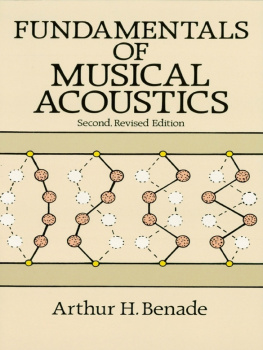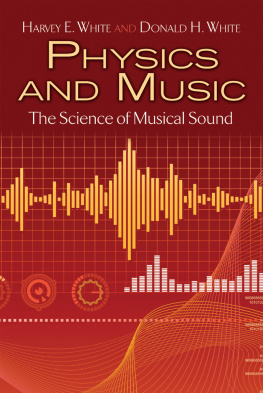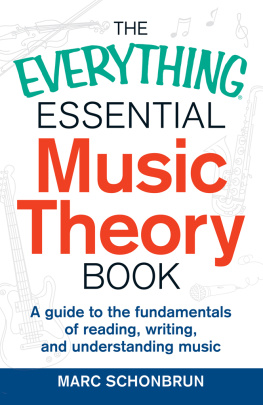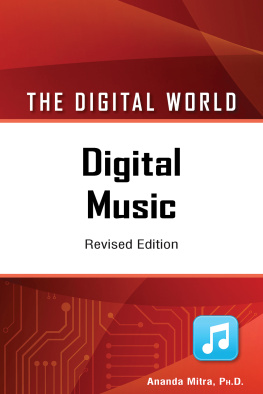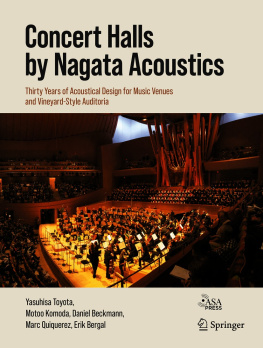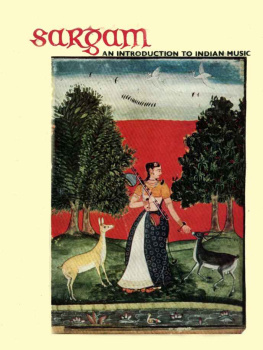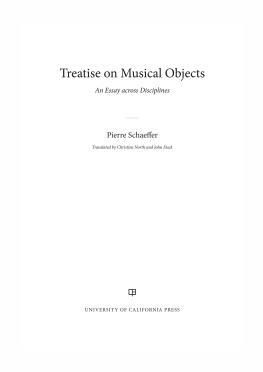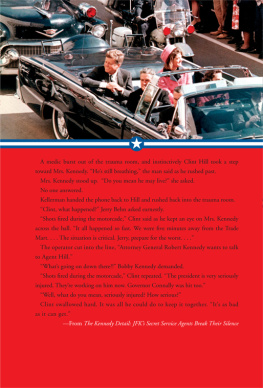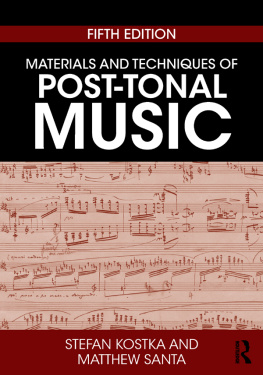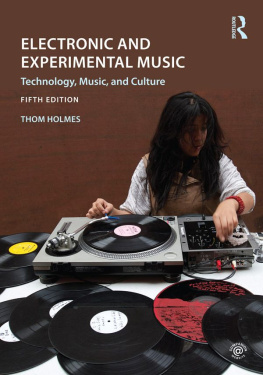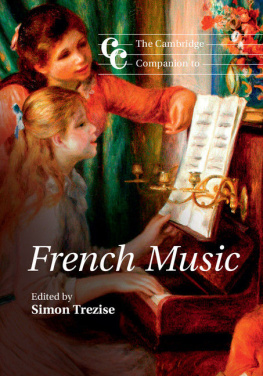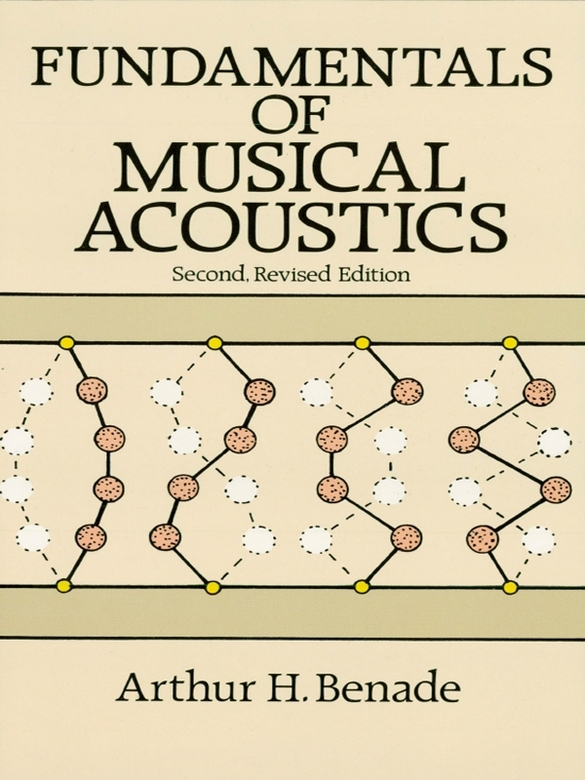Acknowledgments
I owe a heavy debt to a large number of scientists, craftsmen, and musicians, both students and professionals, who have provided me with information, peppered me with well-thought-out questions, lent or given instruments, aided in doing experiments, and helped me to recognize and correct errors or inconsistencies in what I have said or done in musical acoustics. There is space here to single out by name only those contributors to my understanding whose influence has been of long duration and of particular intensity.
My indebtedness to Walter Worman, Erik Jansson, James Gebler, and Michel Chotteau arises chiefly through my having enjoyed with each of them a period of close collaboration in the laboratory and in the theoretical analysis of musical air columns. I owe a different debt to Earle Kent, Bruce Schantz, George Jameson, John Stavash, George McCracken, Carleen Hutchins, Philip Bate, and Paul Hailperin, who have freely shared their expert knowledge of current practice (often including its scientific aspects) in the making and adjusting of musical instruments both ancient and modern. Performing musicians whose interest, aid, and deep knowledge have been of inestimable value are Jrg Schaeftlein, Frederic Cohen, William Waterhouse, Charles Schlueter, Alexander Murray, Gerald Corey, and Edward Tarr. I am also grateful for the opportunity to have had long (and sometimes heated) discussion of matters concerning our perception of musical sounds with Paul Boomsliter, Warren Creel, and Johan Sundberg. C. G. Conn Ltd., King Musical Instruments, G. Leblanc Corp., Fox Products Corporation, Gebr. Alexander, and H. & A. Selmer have been particularly generous with gifts of instruments or parts, occasional financial support, and frequent willingness to share some of their confidential information.
The wisdom, experience, and scientific insight of my colleague Robert Shankland and also (on too few occasions) of John Schelleng have been of immense value to me, even beyond the contributions of their considerable expertise in acoustics.
Beyond the debt I owe to people named here is the debt to my wife Virginia. Her interest, patience, musical knowledge, stylistic taste, and intellectual curiosity have always provided me with a stimulus and an opportunity to try out a half-born idea. Her sensitive musical ear and familiarity with the structure and practice of both Western and Indian music have been particularly helpful in elucidating the relation between musical custom and the way musical sounds are produced and heard. Beyond this she has struggled along with me through several drafts of each chapter to make this book accurate and understandable for its intended readers.
Cleveland, Ohio
August 1975
A. H. B.
Preliminaries to a Study of Musical Acoustics
Starting an extensive book on a closely knit subject is akin to beginning a journey, since it carries a certain feeling of anticipation and perhaps trepidation as the author and the reader search for ways in which to work together. For the author the journey will be through territory he has visited before, most of which he has explored thoroughly. For some readers, almost everything will be new; a few may feel at times overwhelmed by the new things crowding about them that seem familiar and even trivial to those who have been there before. The author must hark back to his own first visits to the territory of his subject as he tries not to introduce too many new words and ideas all at once. His ultimate aim must be to give enough guidance on a limited number of carefully chosen subjects that the interested reader will eventually be able to explore new territory on his own. As you read on in this book, constant attention to two things can add much to the success of our travels together through the subject of musical acoustics: (1) your active participation is needed to make the joint exploration meaningful, and (2) retrospection will be encouraged as we return several times to things seen or heard earlier for closer examination from a more mature viewpoint.
1.1. Musical Acoustics: The Meeting Place of Music, Vibration Physics, Auditory Science, and Craftsmanship
This book is addressed most directly (though not exclusively) to people having a reasonable playing knowledge of music who would like to learn something of the ways in which music as an art form intertwines itself with our understanding of vibrating objects, with the study of auditory perception, and with the craft of the instrument maker. The focus of the book is on the vibrations of objects and of the air which surrounds them, but the particular manifestations of vibration physics that are chosen for discussion are those which play a significant role in actual music-making. Because music is intended to be heard, we must give considerable attention to the way in which our auditory nervous system functions as it picks out musical patterns from the complex acoustical signals that reach our ears. In the parts of this book dealing with vibration physics and practical music, I shall be quite explicit in telling how and why various phenomena take place. The perception aspects of our subject will be dealt with somewhat differently. I will tell what it is we hear when various kinds of sound are presented to our ears, but will not describe how the vibrations of an eardrum are led through the middle and inner ear to produce a myriad of nerve impulses that travel by many pathways to the central nervous system. Nor will I detail how these impulses come to act upon one another in several ways simultaneously, in a continuous process that can span a number of successive sounds to provide us with recognizable patterns of sensation. In other words, in this part of the subject we will confine ourselves to a description of phenomena, without much concern for the ways in which they come about.
The manner in which each topic is introduced, the order of presentation, and the choice of the topics themselves have all been predominantly influenced by my experience with musicians and instrument makers as we have worked together over the past two decades. Much of the material in this book is of recent origin, a considerable fraction of it being the result of my own observations and calculations, or of my analysis of the recent work of others. While I have tried everywhere to make clear the reasoning behind each assertion and to present examples of the data which support it, it must be understood that the reasons and examples shown here are merely illustrative and constitute only a small part of the basis for my conclusions. Almost everything in this book has had the benefit of extensive rehearsal in both spoken and written form. Over the years I have been blessed with a number of extremely capable students and laboratory guests. The opportunity to sharpen up the various ideas by talking with these people and with interested colleagues in physics and engineering has been immensely valuable. More recently I have had to deal with the expository problems connected with teaching various methods of adjustment to craftsmen or explaining the reasoning behind my activities as I trimmed up someones trumpet, flute, clarinet, oboe, or bassoon. These experiences have added a certain intensity to the more relaxed classroom atmosphere of the courses and lecture series in musical acoustics I have given.
One question that immediately arises in the mind of a prospective reader of a book on acoustics written by a physicist concerns the amount of mathematical knowledge that will be required of him. If you will leaf quickly through the book you will notice that I have rigorously confined myself in the text to the simplest of arithmeticaddition, subtraction, multiplication, and division; a number may occasionally be squared or carry a square root sign. Numerical illustrations of the various calculations are supplied in almost every case, partly as a way to show what is going on and partly as a convenient way to supply ourselves with numbers for later use.

